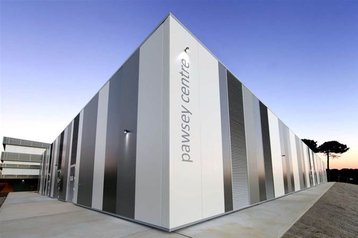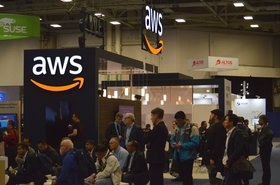The Australian Academy of Science has published a brief calling for a national HPC strategy that should be backed by at least one exascale supercomputing facility in the country.
Launching the brief at the Supercomputing Asia 2024 conference, the Academy said Australia’s current lack of strategy to acquire and maintain supercomputers is putting the country’s future prosperity and security at risk.
The document, titled “The future computing needs of the Australian science sector,” says that while the country currently has moderate high-performance computing and data (HPCD) capability, existing facilities require frequent major upgrades and have a limited overall lifecycle, with Australia’s current crop of supercomputers set to be obsolete by the end of the decade.
The Academy further noted that while quantum and cloud computing both hold potential, they are no replacement for traditional HPCD functions in the near term.
Australia hosts two national or Tier-1 HPCD facilities that are accessible to researchers – NCI Australia and the Pawsey Supercomputing Research Centre – in addition to a mix of Tier-2 and Tier-3 facilities that are hosted by individual institutions, including the University of Queensland and the University of Adelaide.
However, the document said that both of Australia’s Tier-1 facilities are currently oversubscribed, meaning they are unable to give researchers all of the requested time to complete their work on the systems, and demand will only continue to increase.
It warned that without the necessary investment, Australia's AI capability will be entirely dependent on other nations, noting that the US, Japan, China, and the UK have allocated funds to build exascale systems.
“The challenges facing Australia and the world are increasingly complex and require more computational power to solve. Without a strategy for Australia to meet our peer nations at the next frontier of science and computing—exascale and beyond—our national science system, our prosperity and our national security are all at risk,” the Academy's president, professor Chennupati Jagadish, said in his speech at the conference.
On January 18, Pawsey Supercomputing Research Centre in Perth announced it would be deploying Nvidia’s CUDA Quantum computing platform at its National Supercomputing and Quantum Computing Innovation Hub.
The Centre is one of the two Tier-1 facilities referenced in the Academy’s brief and is currently home to the 50 petaflops Setonix supercomputer which includes an eight-cabinet HPE Cray EX system that contains more than 200,000 AMD compute cores across 1600 nodes, and more than 750 AMD GPUs. The Pawsey Centre also operates the Cray XC30 200 teraflops Galaxy system and the 756 teraflops HPE GPU cluster known as Garrawarla.
The second Tier-1 facility, NCI Australia located in Canberra, is home to two supercomputers. The first is Gadi, a 10 petaflop system with 78,000 CPU cores in its 1440 52-core Sapphire Rapid Xeon processors, 720 compute nodes, 369TB of memory, and an Nvidia 200 Gbps Infiniband interconnect. The second is Tenjin, a 67 teraflop system with 1600 Intel Xeon Sandy Bridge cores, 25 terabytes of main memory, and 160 terabytes of state disk.
China reportedly has at least two exascale systems in operation – but hasn’t submitted them to the Top500 rankings list – with more in development.
Currently, the only Exascale supercomputer verified by the Top500 is the US government's Frontier system. Two more based in the US are due to come online soon; Aurora and El Capitan.
In mainland Europe, the EU is seeking to establish two exascale supercomputers: Jupiter will be housed at the Gauss Center for Supercomputing in Germany, and the second will be located at the TGCC computing center in France. Both are part of the EuroHPC effort. The UK is separately planning its own exascale system.







